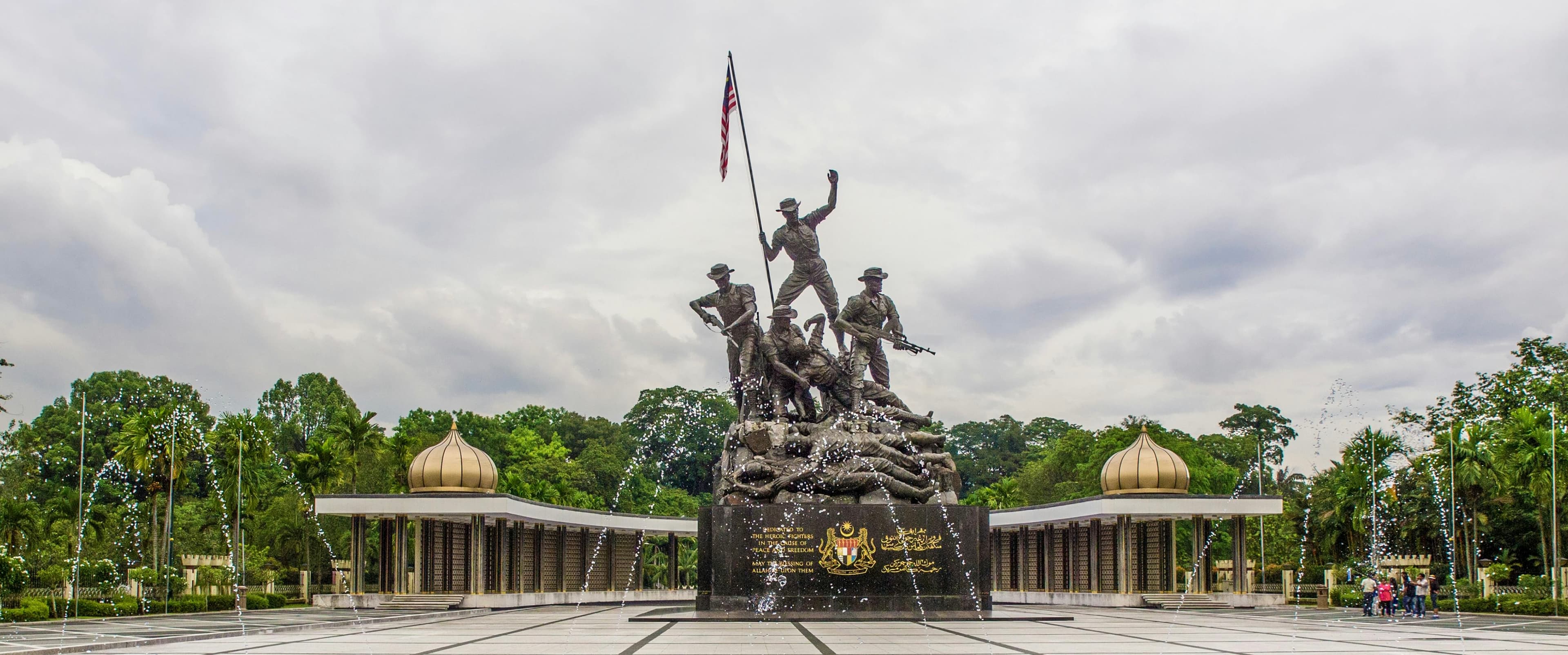
Things to know before going to Malaysia
Your Check List
- Culture & History
- Visa Requirements
- What’s MDAC, and the complete process ?
- Currency in Malaysia: Exchange Tips & Daily Costs
- Best Time to Visit
- Network
- Languages
- Getting Around Malaysia
- Best Ways to Get Around Malaysian Cities and Towns
- Food and Alcohol Costs in Malaysia: What to Expect
- Is Malaysia Safe for Travelers?
- What Are the Must-Visit Places in Malaysia?
- Quick Tips
Our Values
What makes QTG special? Our values guide every guide, tip, and itinerary we create.
Real Experiences
We rely on our own travel experiences — plus the journeys of friends and family we've helped by crafting itineraries — to bring you trusted, firsthand insights.
Thorough Research
Every guide, tip, and recommendation is backed by detailed research and cross-checked facts — so you spend less time figuring things out, and more time enjoying the journey.
Passion for Travel
Travel isn't just a topic for us — it's what drives us. That passion fuels every piece of content we create, from the smallest tips to full itineraries.
Helping You Travel Better
Our ultimate goal is to make your trips smoother, smarter, and more enjoyable — whether it's your first getaway or your fiftieth.
Feedback-Driven
We listen to our community and continuously improve based on your feedback — because your travel needs come first.
Thank You for Reading!
We hope you found this guide helpful in planning your amazing trip.
Safe travels and create unforgettable memories!







